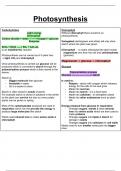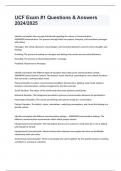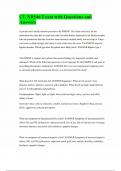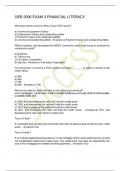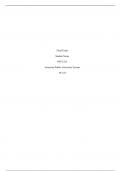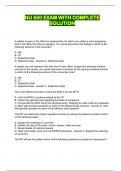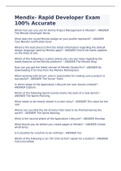Summary
Summary GCSE Biology Higher - Photosynthesis Notes
- Course
- Institution
Notes about the Photosynthesis Topic from Bioenergetics in the GCSE Biology Higher course. These notes are for revision and understanding. They are made using the specification and CGP revision guide.
[Show more]
